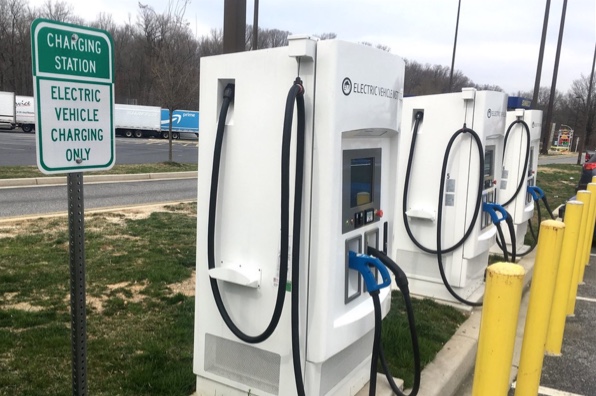New AFP guide aims to help businesses create mobility roadmap
https://fleetservicessummit.co.uk/wp-content/uploads/2021/10/AFP-logo-1.jpg 826 501 Stuart O'Brien Stuart O'Brien https://secure.gravatar.com/avatar/81af0597d5c9bfe2231f1397b411745a?s=96&d=mm&r=gA new guide released by the Association of Fleet Professionals (AFP) aims to help businesses create a roadmap towards adopting a recognised mobility policy.
“How to Deploy a Mobility Solution Within Your Business” has been created by the organisation’s Future Mobility Steering Committee and is based around a three step process – “Do Your Homework and Get Your Data”, “Internal Engagement” and “The Plan.”
Paul Hollick, chair at the AFP, explained: “Our view is that we are very much in a moment when many fleet managers are beginning to evolve into mobility managers but they don’t yet have a formal strategy in place to support this transition.
“There is added impetus for this at the moment because, as we emerge from the pandemic, interest in mobility has been renewed. It was temporarily on hold because many mobility solutions rely on shared assets but that moment is now passing.
“The message we want to get across with this guide is that the move to mobility should not be a daunting one. There is a lot of data analysis, employee engagement and internal functional alignment needed, but thereafter it is relatively straightforward.
“The three steps we have outlined will take managers through this process in a simple and effective manner and, for AFP members, there is the option of talking to others who have made the same journey and can offer advice and support.”
The new mobility guide follows up an earlier document from the AFP, “What is Mobility and Mobility Management?” designed to provide a potential framework within which all interested parties can discuss the subject and its impact in its entirety.
Paul said: “The two documents work well together. The first sets out a consensus view of what constitutes mobility management and the second provides a roadmap to adopting a mobility policy. Our Future Mobility Committee is doing really good work in this area.”
The new guide is being distributed to AFP members and is available by e-mailing the AFP administration centre on administration@theafp.co.uk.










